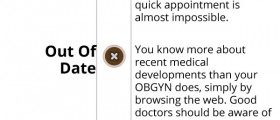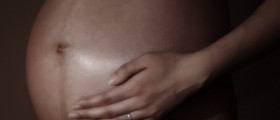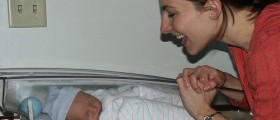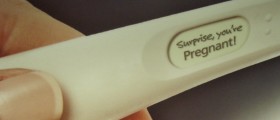
Sometime after birth, the placenta will begin to detach from the uterine wall, and it will soon come out as well. When that happens, open blood vessels are left at the site where your placenta was located, and this will have to merge into the uterus once again. Contractions will continue postpartum, to assist the uterus in returning to its normal size, and close off the blood vessels that led to the placenta. In the first few days after birth, the bleeding you experience is likely to be heavy. It will be bright red and look a lot like your usual menstrual period, just heavier. Make sure you have plenty of maternity pads on hand!
While lochia might be unexpected (it's hardly a conversation starter at dinner!), and annoying, the blood loss does not need to worry you. When you were pregnant, your blood volume increased by almost 50 percent, so your body is well-equipped to deal with the bleeding. After the first days, the volume of bleeding will decrease. But most women bleed for at least two weeks, and many for a month to six weeks. Afterpains are also a normal postpartum complaint, and you may notice more bleeding if you physically active again soon after birth.
Hopefully, your lochia will have stopped by your six week postpartum medical checkup. If not, make sure to mention it to your doctor or midwife. Though your cycle won't be back immediately, the six week postpartum checkup is also a good opportunity to discuss post-partum birth control options. After your lochia stops, you will get the green light to resume sexual activity.
















Your thoughts on this
Loading...